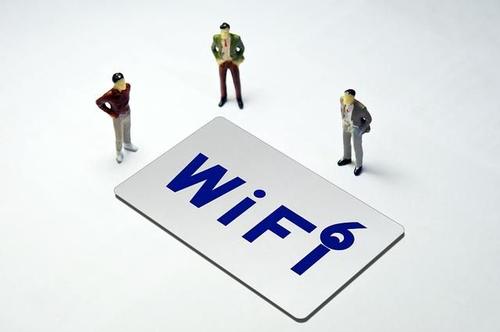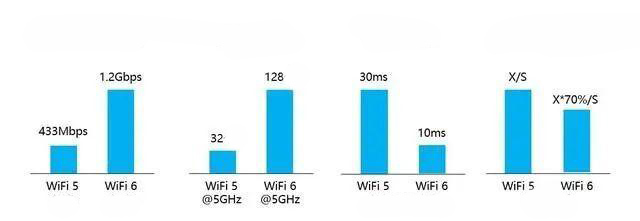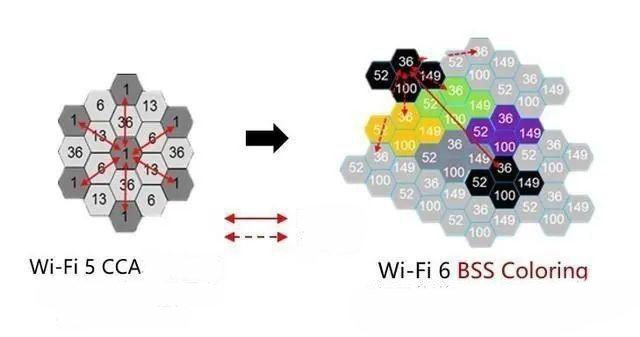This year will not only change 5G mobile phones, but also the year of popularization of WiFi 6-at least Thefo thinks so. If the terminal has WiFi 6, the wireless router upgrade to WiFi 6 must be ahead of the terminal. But recently Thefo has received inquiries from many friends. What is the difference between the WiFi 6 router you mentioned and the router I am currently holding? Does it have to be replaced? What new experience can I have after the replacement? Today, I will ask Thefo engineers to give you a report.

How is WiFi 6 better than WiFi 5?
Compared with the WiFi 5 standard we are currently using, the wireless transmission rate of the WiFi 6 standard can reach up to 9.6Gbps, and high-bandwidth applications such as VR/AR, 4K and even 8K video can be easily handled.

At the same time, WiFi 6 uses OFDMA technology that is the same as 5G, combined with 1024-QAM high-order modulation, can support a maximum bandwidth of 160MHz, and the speed is nearly 3 times faster than WiFi 5.
Intelligent frequency division technology can support more devices concurrently and increase the capacity of access devices by 4 times. The access equipment is more concurrent, which can reduce the queuing phenomenon, actively avoid interference coloring, and reduce the delay by 2/3. When the terminal device is on standby, it supports the wake-up function on demand, which reduces the terminal power consumption by 30%.

Let’s use an analogy to compare the scenario where the router transmits to the device as a fleet. Under the WiFi5 standard, the fleet can only be dispatched to one customer at the same time. The entire fleet could not start. Under the WiFi 6 standard, a convoy departing at the same time can form a squad of at least 26 adjacent vehicles. Each squad can be dispatched to different customers. If a vehicle fails (disturbed), it will only affect the location. (Squad)

Usually when we are at home, we often search for neighbors' WiFi signals, which can interfere with our own WiFi transmission. The interference coloring technology adopted by WiFi 6 can mark the neighbor network signal frames coming through the wall so that the user's router can ignore them. WiFi signals between neighbors can transmit data on the same channel at the same time without mutual interference, reducing the interference rate by 30%.
The power consumption of WiFi 6 and WiFi 5 are quite different. Using WiFi 6 technology, the wireless router will negotiate the WiFi wakeup timing with the terminal to wake up on demand, while other sleep times do not consume power. However, WiFi 5 can only communicate with one device at a time. All terminals connected to the same route are either in a transmission state or in a waiting state, and they are disordered. The waiting state still requires power consumption.
Well, from the above description, I believe you have a new understanding of WiFi 6. Welcome to follow Thefo's blog.

